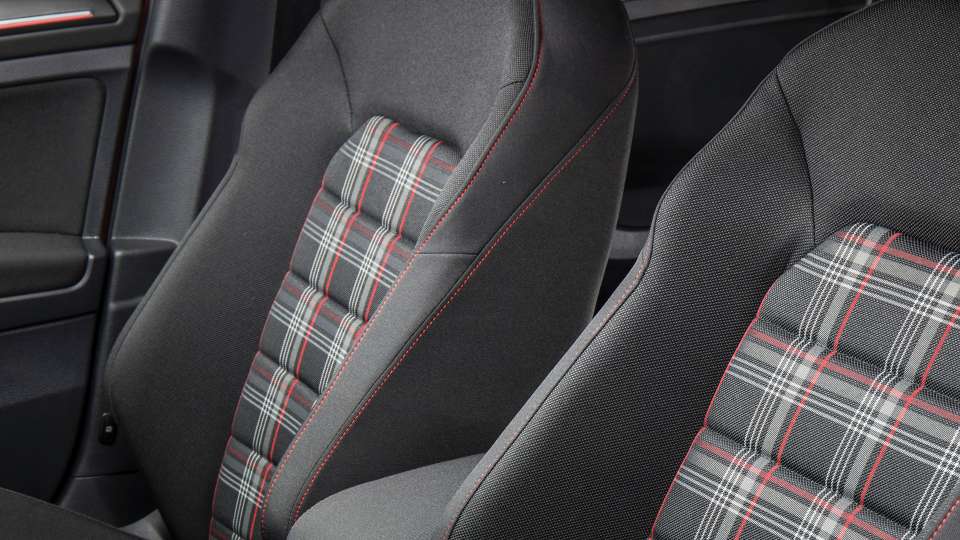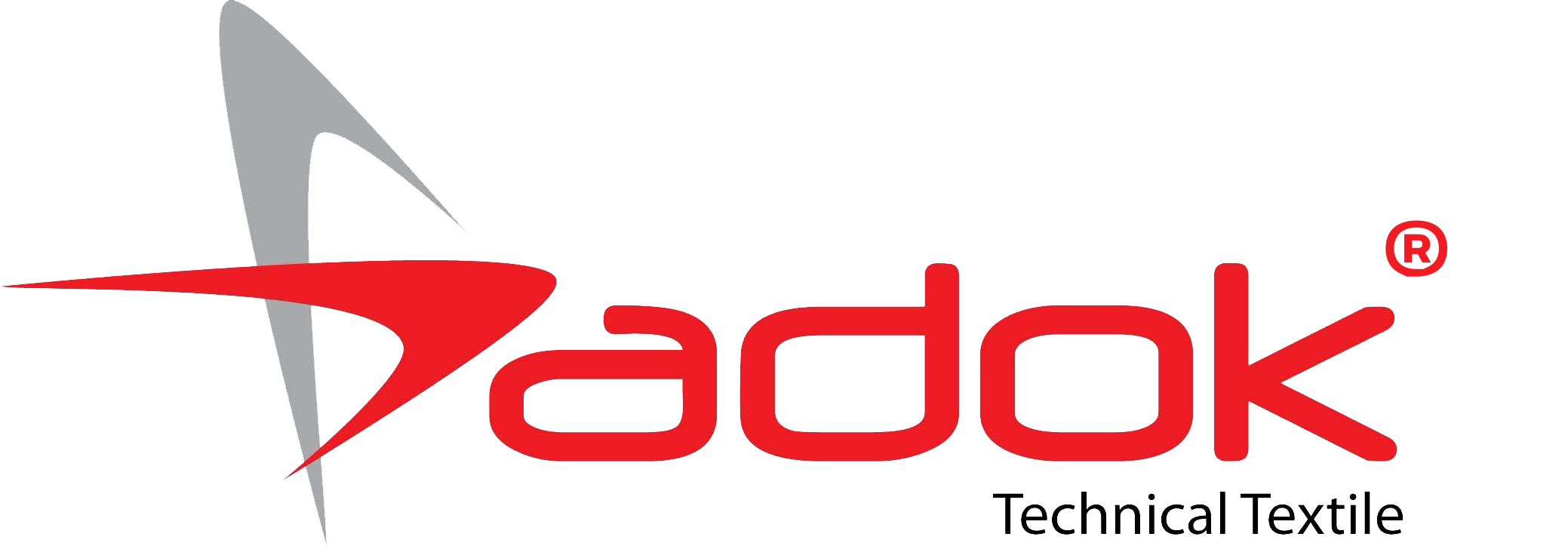
Woven fabrics are textiles produced by interlacing two sets of yarns at right angles to each other: the warp (longitudinal threads) and the weft (transverse threads). This interlacing creates a variety of fabric structures and designs, which can vary widely based on the weaving technique, the materials used, and the intended use of the fabric.
Types of Woven Fabrics
Plain Weave: The simplest and most common weave, where each weft thread crosses the warp thread by going over one and under the next, alternating each row. Examples include muslin, canvas, and percale.
Twill Weave: Characterized by a diagonal rib pattern. The weft thread passes over one or more warp threads and then under two or more warp threads. This creates a durable fabric with a diagonal design, such as denim and gabardine.
Satin Weave: Produces a smooth, glossy fabric. The weft thread passes over four or more warp threads and then under one. This weave minimizes the number of interlacings, creating a fabric with a soft, lustrous surface, like satin and charmeuse.
Basket Weave: A variation of the plain weave, where two or more warp threads are interlaced with two or more weft threads. This creates a checkerboard pattern and results in a thicker, more textured fabric. Examples include monk's cloth and oxford cloth.
Jacquard Weave: Uses a special loom to create intricate, complex patterns directly into the fabric. This weave allows for detailed, multicolored designs, often used in brocade and damask.
Properties of Woven Fabrics
- Durability: Woven fabrics are generally strong and resistant to tearing due to their interlaced structure.
- Stability: These fabrics maintain their shape well and are less prone to stretching compared to knitted fabrics.
- Breathability: The gaps between the interlaced yarns allow for airflow, making them suitable for garments.
- Versatility: Different weaving techniques and materials can produce a wide range of textures, weights, and finishes.
Uses of Woven Fabrics
Woven fabrics are used in various applications, including:
- Apparel: From everyday clothing like shirts, pants, and dresses to more specialized items like suits and outerwear.
- Home Textiles: Bed linens, curtains, upholstery, and towels.
- Industrial: Sails, tarpaulins, conveyor belts, and filtration materials.
- Accessories: Bags, hats, scarves, and ties.
Conclusion
Woven fabrics are a fundamental aspect of textile manufacturing, offering a combination of strength, stability, and versatility. Understanding the different types of weaves and their properties can help in selecting the appropriate fabric for specific applications.
